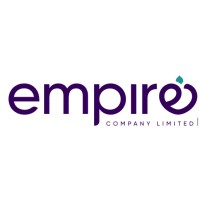
Daiwa House Texas Inc.
Daiwa House Texas Inc. is a subsidiary of publicly traded Daiwa House Group. We were founded in Japan in 1966. We are rated number 342 on the 2018 Fortune Global 500 list, and our operations span 20 countries. We have partnerships with Real Estate firms in Dallas, Chicago, Boston, Seattle, Washington D.C., Houston, Phoenix, Nashville and New York in the multi-family sector. Additionally Daiwa House has acquired home builders on the East and West Coast to deliver single-family homes. Daiwa House Group and Daiwa House Texas aim to partner with developers and cities to provide Americans with superior places to live across the United States.






